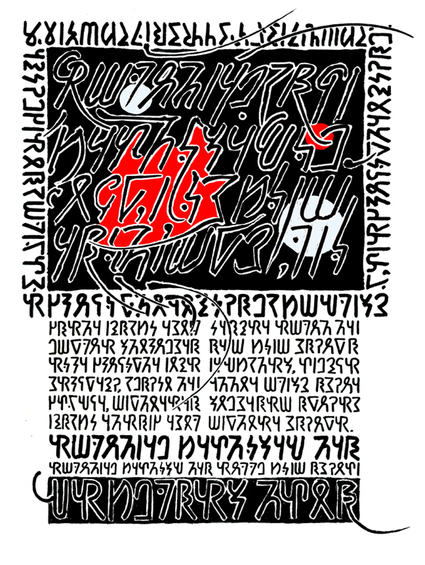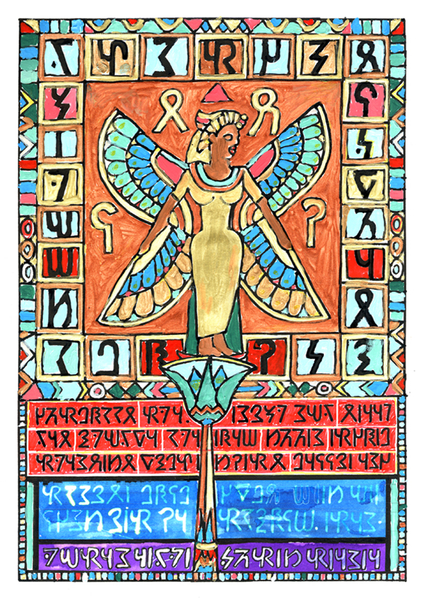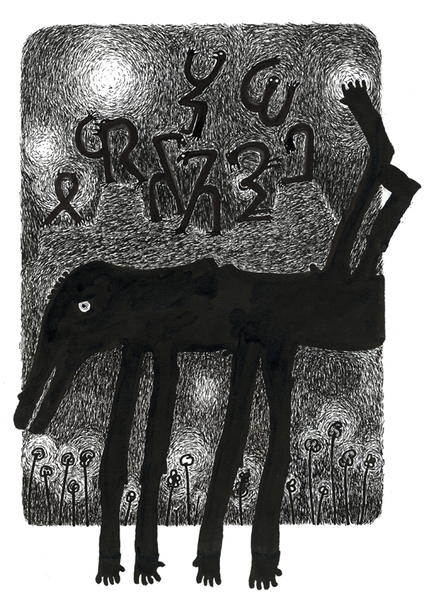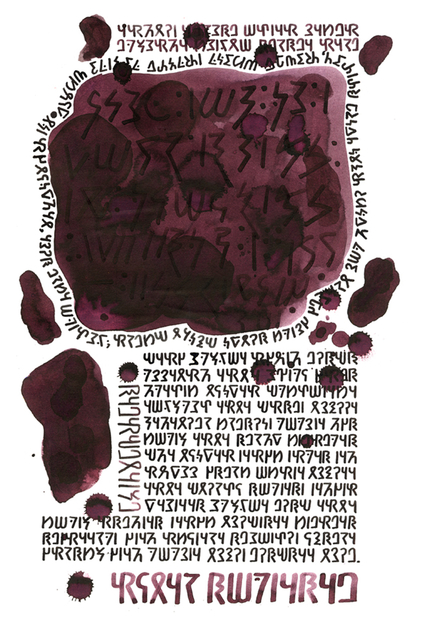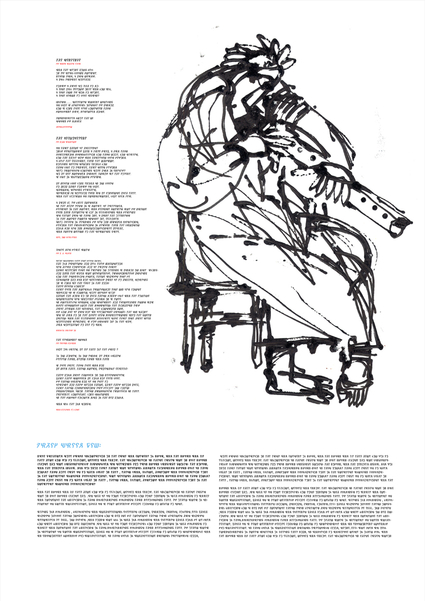Nubian (NOBIIN): a language of Sudan
Region: Northern Sudan, between Dongola and the Egyptian border, Wadi Halfa, Khashim el Ghirba. Also spoken in Egypt.
Alternate names: MAHAS-FIADIDJA, MAHAS-FIYADIKKYA, FIADIDJA-MAHAS
Dialects: MAHAS (MAHASI, MAHASS), FIYADIKKA (FEDICCA, FADICHA, FADICCA, FADIJA, FIADIDJA).
Classification: Nilo-Saharan, Eastern Sudanic, Eastern, Nubian, Northern.
Comments: Not intelligible with Kenuzi-Dongola. 67% lexical similarity with Kenuzi-Dongola. Spoken by the Mahas in Sudan and the Fedicca in Egypt. Called 'Fiadidja-Mahas' in Egypt.
Also spoken in: Egypt
Language name: Nubian (NOBIIN)
Alternate names: FIADIDJA-MAHAS, MAHAS-FIADIDJA, FADICCA, FADICHA, FEDIJA, FADIJA, FIADIDJA, FIYADIKKYA, FEDICCA, NILE NUBIAN, MAHAS, SUKOT
Comments: not intelligible with Kenuzi-Dongola. 67% lexical similarity with Kenuzi-Dongola. The ethnic group is larger in Egypt than Sudan, but most are now monolingual in Egyptian or Saidi Arabic. The shift to Arabic is expected to continue in the cities. The language is the center of Nubian identity. Spoken by the Fedicca in Egypt and the Mahas in Sudan. 70% of the men can read Arabic script. Many can read Roman script.
The Spoken Nubian:
Nubian language is the common feature that characterizes Nubian of today and it is the centre of their identity. Ethnologically this spoken language is divided into two main groups:
FIADIDJA-MAHAS: Sudan is the country of this language group, although slightly more than 50% of Nubian in Egypt is Fadidja. In Sudan it is the main spoken language group among the majority of Nubian south of Dongola and up to the borders with Egypt. While in Egypt it is spoken by all Nubian to the Kunuz areas in the north. Fadidja and Mahas are two variants of this group, but there is only a slight difference in accent between them.
KENUZI-DONGOLA: This is talked by people of Dongola of Sudan and Kunuz of Egypt Both language groups bear a lot of lexical similarities and a good number of people of Dongola and Kunuz understand the Fadidja-Mahas, which is the tongue of the majority of Nubians.
The Written Nubian:
While old Nubia had had systems for archiving and documentation prior to the Christian Nubia era, most if not all of the ancient texts date back to this era. The context of these manuscripts are of Christian Nature and the most known of all is the 'MS or The Old Nubian Miracle of Saint Menas' from Qasr Ibrim and Serra East. This manuscript is one of the basic texts of Old Nubian literature.
The MS was purchased by the British Museum in 1908. According to Dr. Budge's description it measures about 15.5 by 110 cm and consists of 8 leaves of parchment in three quires, and is bound in covers of brown leather (Griffith). The scientific study of the Old Nubian language started very late, in 1913 by Griffith' monumental edition of all available Nubian text then. This was followed by several studies of other scholars.
During the Christian Nubian era the Old Nubian alphabets had resemblance to Old Greek and Coptic alphabets. Both Coptic (31 or 32 letters) and Old Nubian (26) had more letters than old Greek (24), either to add special letters with no equivalent in old Greek (the Old Coptic) or to represent special sounds (the Old Nubian).
As for today no standard method of writing Old Nubian has been adopted. However recently some scholars are active on establishing such a standard like Prof. Browne and Dr. M. M. Khalil. Recently the Nubian Archaeologist Dr. M. M. Khalil has drafted a textbook on how to write old Nubian. His study is based on an assumption that since Old Nubian relies mainly on produced tones (intonation or chanting) then a Nubian who talks and masters the language is more qualified and capable to establish a standard method of writing.
The structure and formation of the Old Nubian language is characterized by its reliance on produced tones that is known as intonation or chanting. In this respect the general structure of this language is not a group of words linked by a common syntax to form a sentence. The speaker tackles this formation by putting parts together integrally with intonation and Chanting. This takes place without interruption to conform to grammar thus most parts of a sentence are composed by adding a suffix or prefix to the word stem.
The Coptic language and its Greek alphabet:
The Coptic Language is the name used to refer to the last stage of the written Nubian language. Coptic should more correctly be used to refer to the script rather than the language itself. Even though this script was introduced as far back as the 2nd century BC. It is usually applied to the writing of the Nubian language from the first century AD.
The Nubian Coptic alphabet:
The Coptic alphabet is used for the Coptic language of Nubia. This was the religious language used by Nubian Christians, and Egyptian as well. It is derived from Greek and Nubian writing.
